2021 Haitian Refugee Crisis: Utica College professors explain
November 10, 2021
First reeling from major earthquakes and then the assassination of President Jovenel Moise last summer, Haiti was left structurally and emotionally damaged. Now, the country faces a refugee crisis.
Thousands of Haitians are trying to illegally make a home in the United States as the latest example of a disparate group of people seeking haven in America, according to a recent article from The Washington Post.
The current Haitian refugee crisis, where thousands of refugees have arrived at the U.S.- Mexico border since September, is a continuation of an ongoing crisis of Haitian refugees and stateless people, said Corinne Tagliarina, director of the Human Rights Advocacy program at UC.
“Haiti has a long history of natural disasters, primarily earthquakes and hurricanes and political instability,” she said. “Both of these things happened in the summer of 2021, with their president being assassinated and a major earthquake. This, combined with instability and violence in other Latin American countries, which were often the original destinations for Haitian refugees, has resulted in an increase of Haitian refugees at the U.S.-Mexico border.”
The human rights and the legal aspects are two main issues in resolving this problem.
“Most Haitian migrants actually do not qualify for refugee status under the U.S. and international law, because they are not fleeing from a well-founded fear of persecution based on their race, ethnicity, nationality, religion, political opinion or membership in another social group,” Corrine Tagliarina said. “Human rights and humanitarian grounds, they are much larger issues. We’re seeing primarily the immediate deportation of single adults, with pregnant women and families with children being more likely to be released into the U.S., at least temporarily, which is better than the alternative.”
According to Corrine Tagliarina it is important to know about this issue but unless one has a personal connection to someone at the border and can buy a plane ticket or provide a place to live until they are allowed to work, there is not much Americans can directly do.
Daniel Tagliarina, a political science professor at Utica College, is one of many who question how the U.S. should be involved in this issue and handle the crisis.
“Given this history, a strong case can be made for the U.S.’s obligations to make up for past wrongs,” Daniel Tagliarina said. “One way to start would be to welcome Haitian migrants, possibly by granting asylum or refugee status to those who are seeking better conditions in which to live. The Secretary of Homeland Security has previously extended the grant of temporary protective status that was previously given to some Haitian migrants. This was a good first step, and this could be expanded to include those seeking refuge now.”
According to Daniel Tagliarina, public awareness is important because this is a point in time where everything is a crisis, everything is important, and it’s impossible for people to keep up with everything horrible happening in the world today.
“This issue is huge and complex and includes not just the well-being of Haitian people, both within their country and outside of it, but also the treatment and status of refugees worldwide,” Daniel Tagliarina said. “It’s less about preventing it from happening again and more about trying to mitigate the continual circumstances that lead to these types of migration surges. Obviously, for the U.S., passing legislation to allow for the entrance and resettlement of Haitian migrants would be one way to help improve the situation.”

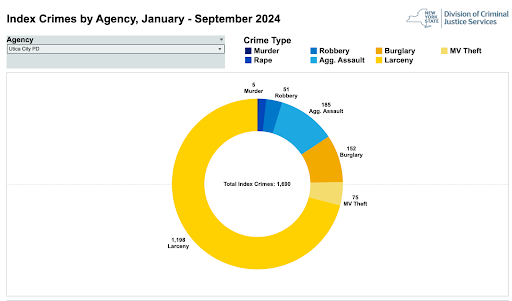



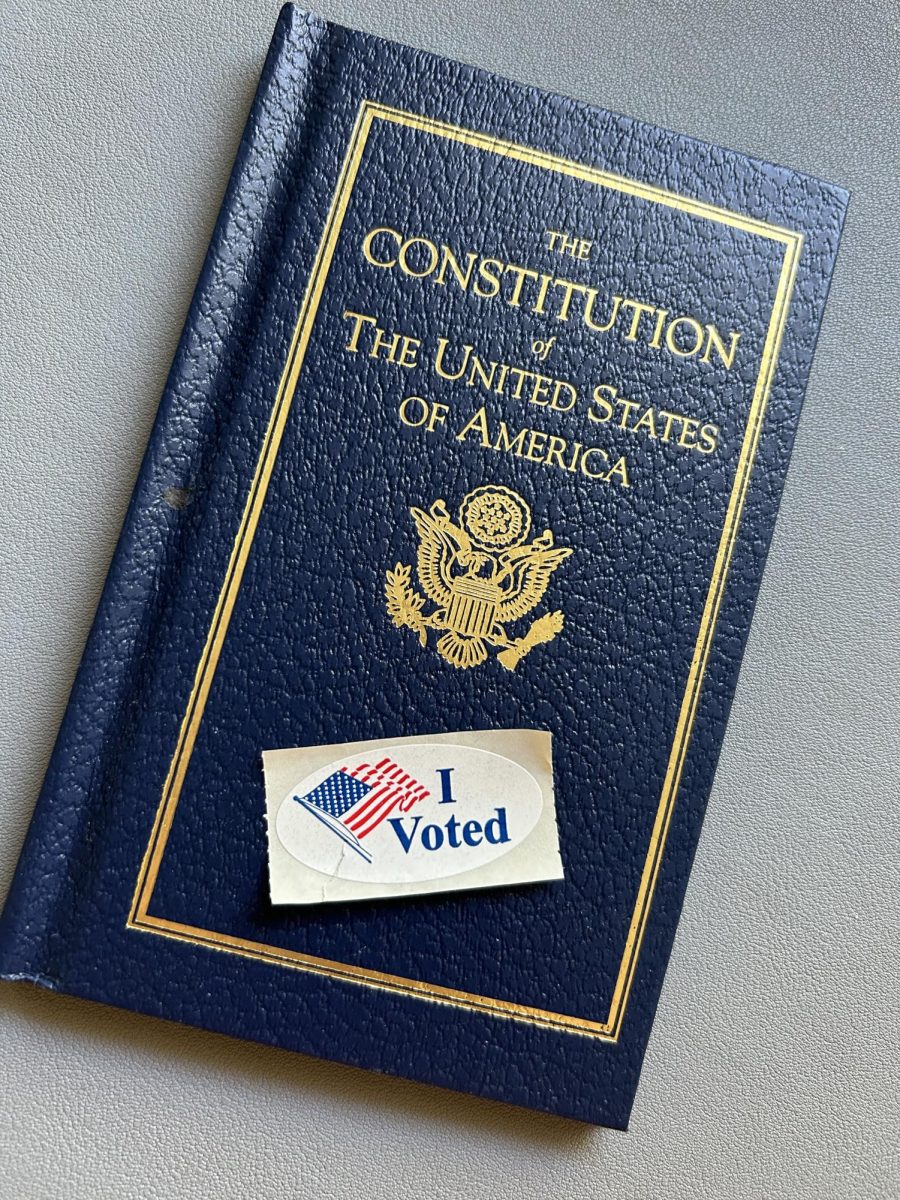








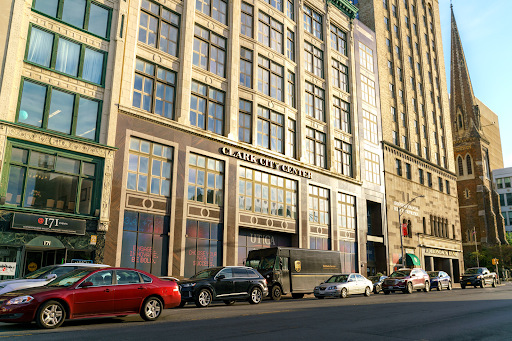



![President Todd Pfannestiel poses with Jeremy Thurston chairperson Board of Trustees [left] and former chairperson Robert Brvenik [right] after accepting the university's institutional charter.](https://uticatangerine.com/wp-content/uploads/2023/10/unnamed.jpeg)
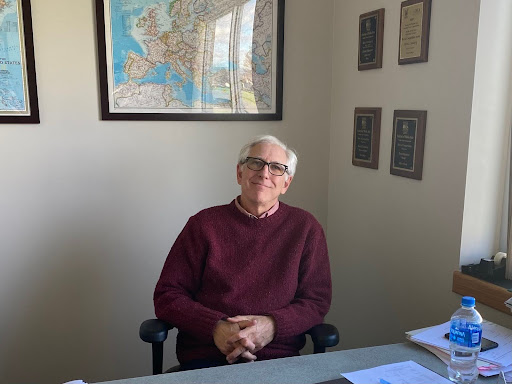


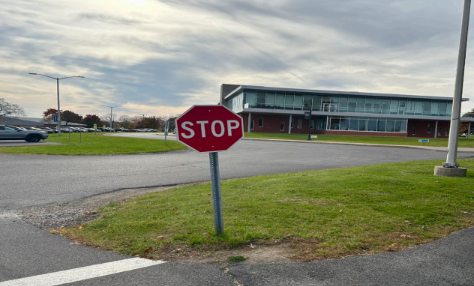

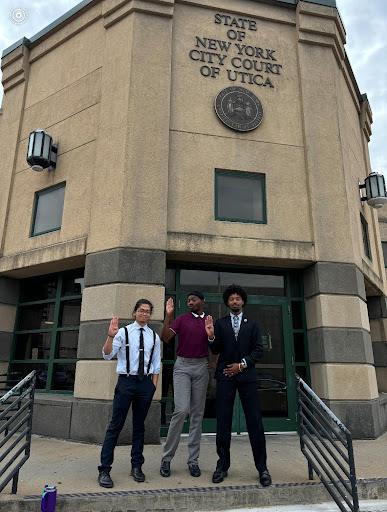










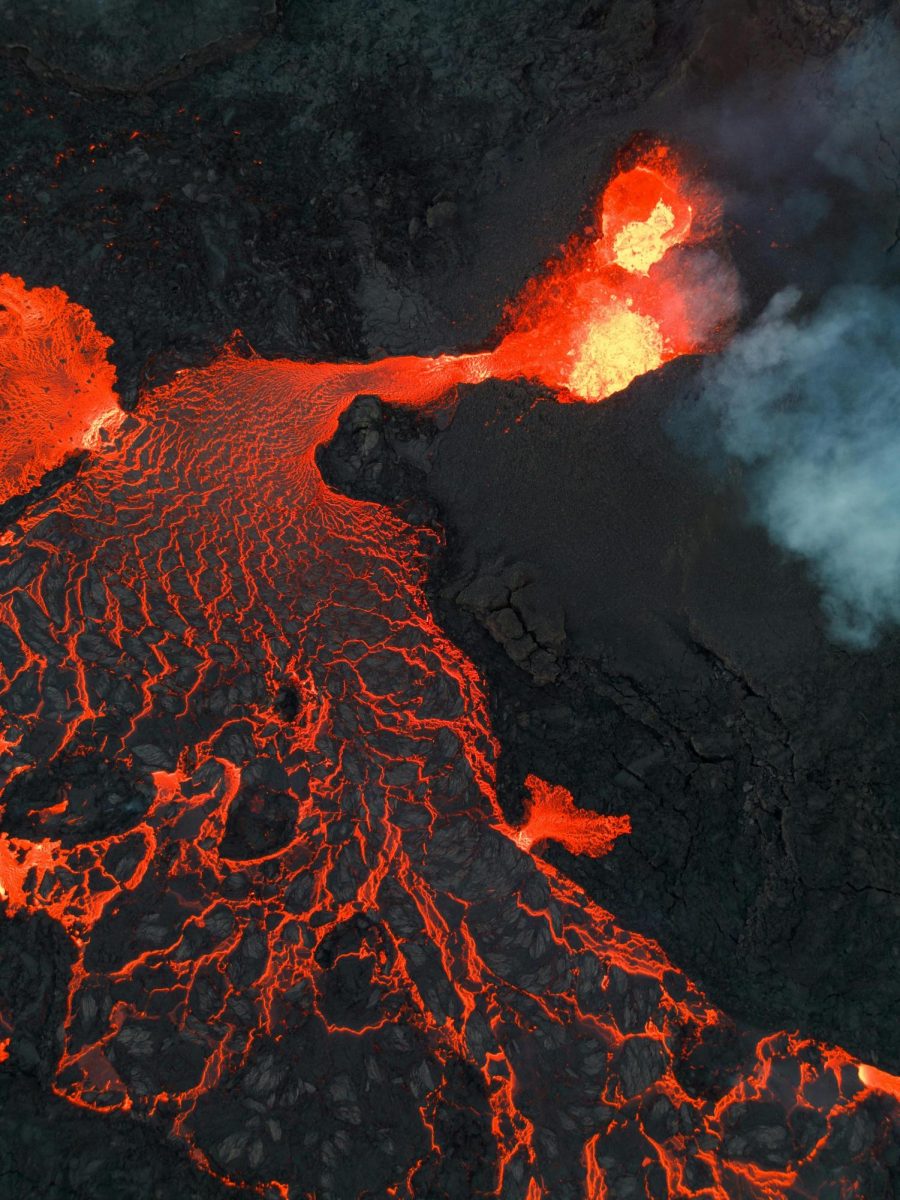


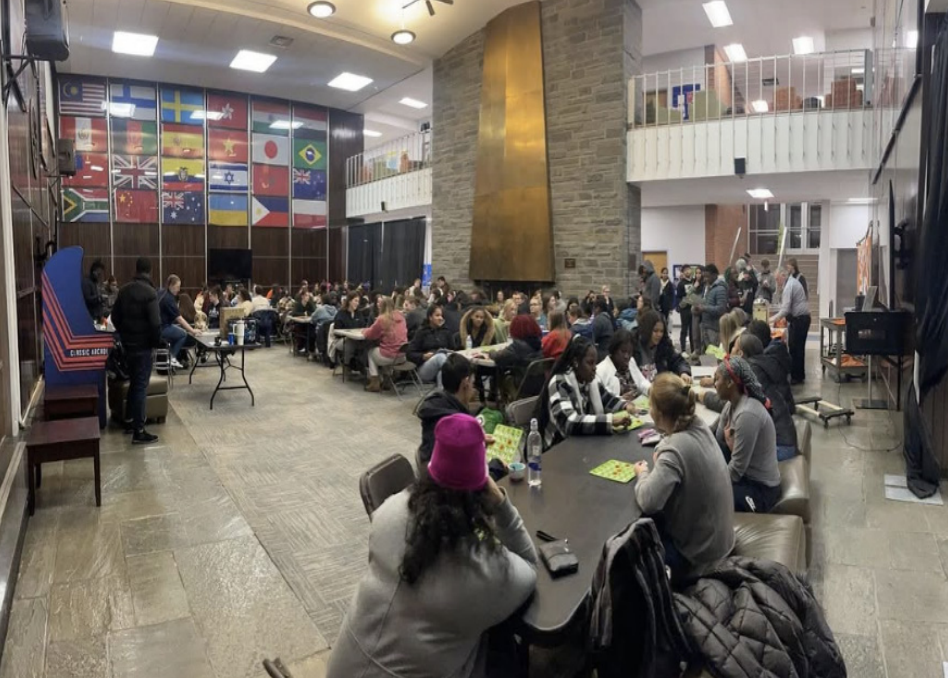

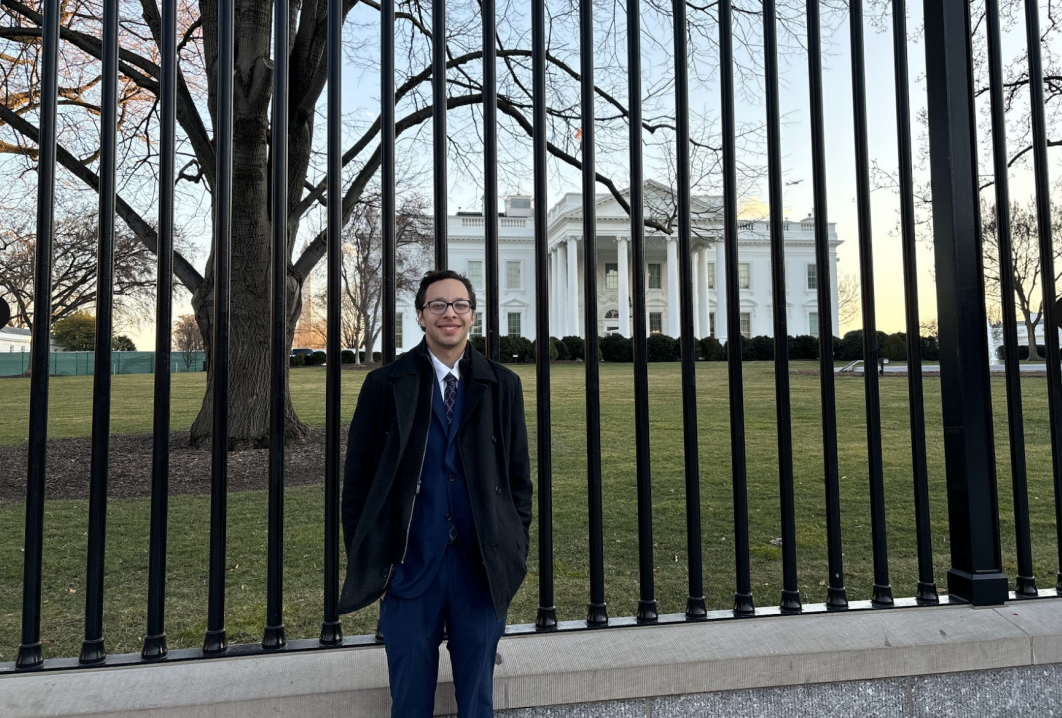








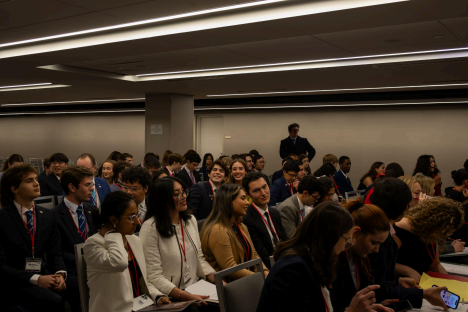
















































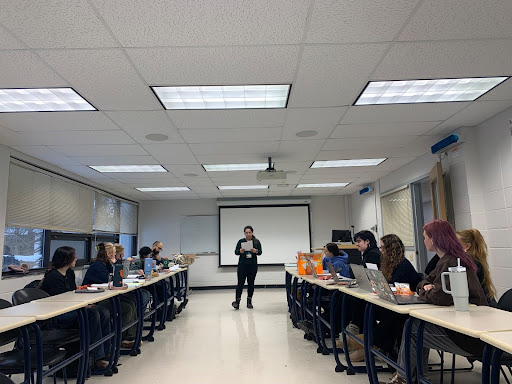




































TRACY • Dec 4, 2021 at 10:53 am
Great article